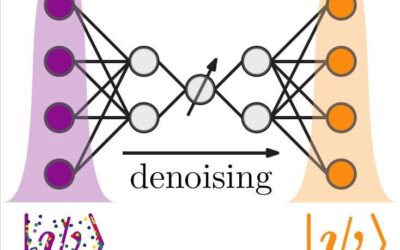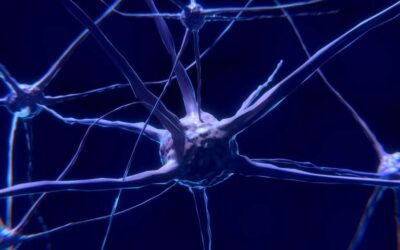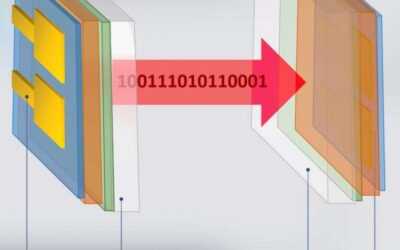Three-dimensional printing techniques could potentially be used to fabricate a variety of objects with complex geometries, including electronic components. Most 3-D printing approaches developed so far, however, have merely proved effective for producing...
PHYS.ORG
Quantum autoencoders to denoise quantum measurements
Many research groups worldwide are currently trying to develop instruments to collect high-precision measurements, such as atomic clocks or gravimeters. Some of these researchers have tried to achieve this using entangled quantum states, which have a higher...
The realization of a 1-D magneto-optical trap of polyatomic molecules
Researchers at the Harvard-MIT Center for Ultracold Atoms have recently demonstrated a one-dimensional (1-D) magneto-optical trap (MOT) of polar free radical calcium monohydroxide (CaOH). This technique, outlined in a paper published in Physical Review Letters, was...
Investigating the role of ventral pallidum neurons in the basal ganglia
The basal ganglia (BG) are a group of subcortical brain nuclei that control automatic behavior in humans and other animal species. The BG has been found to show peculiar activity in people affected by a number of mental and neurodegenerative disorders, including...
A quantum metasurface that can simultaneously control multiple properties of light
Metasurfaces are artificial materials designed at the nanoscale, which can control the scattering of light with exceptionally high precision. Over the past decade or so, these materials have been used to create a variety of technological tools ranging from sensors to...
A new material to print mechanically robust and shape-shifting structures
In recent years, 3-D printing has opened up interesting new possibilities for the large-scale production of electronic components, as well as of a variety of other objects. To this end, research teams worldwide have been trying to create materials and structures that...
Research identifies detection constraints for dark photons
Past cosmological and astrophysical observations suggest that over one quarter of the universe's energy density is made up of a non-conventional type of matter known as dark matter. This type of matter is believed to be composed of particles that do not absorb, emit...
A perovskite-based diode capable of both light emission and detection
Light sources and detectors are key components of countless technological devices on the market today. For instance, light emitting diodes (LEDs) are often used as a source of light in displays and other technologies, while photodiodes are used to detect light in...
First successful laser trapping of circular Rydberg atoms
Rydberg atoms, which are atoms in a highly excited state, have several unique and advantageous properties, including a particularly long lifetime and large sensitivities to external fields. These properties make them valuable for a variety of applications, for...
A new search for axion dark matter rules out past numerical predictions
The ADMX collaboration, a group of researchers working at universities across the U.S. and Europe, has recently performed a new search for invisible axion dark matter using a cavity haloscope and a low-noise Josephson parametric amplifier. Cavity haloscopes are...









